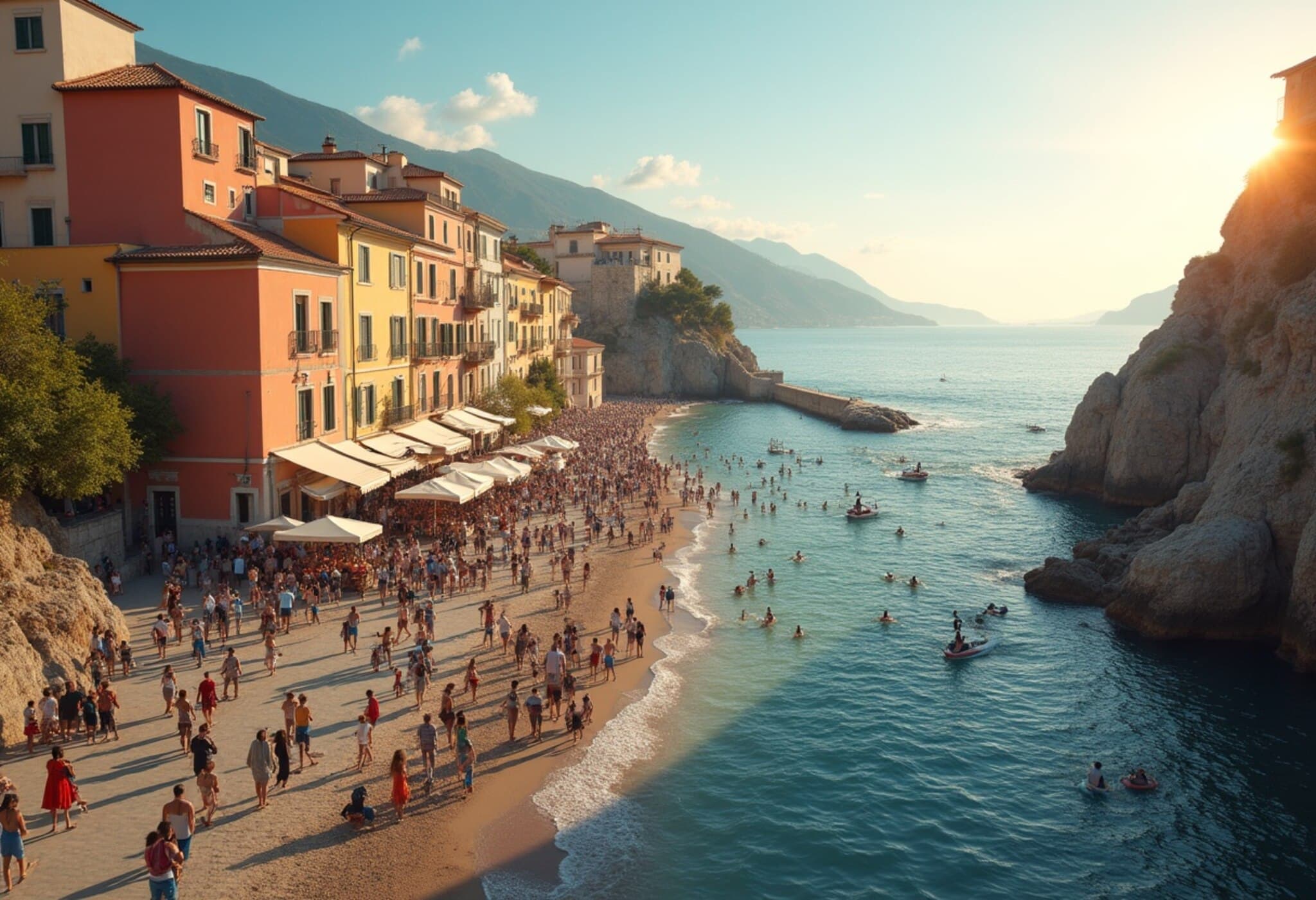Spain’s Tourism Boom: A Revival with Lasting Impact
After years of pandemic-induced uncertainty, Spain is witnessing a remarkable upswing in tourism that is reshaping its economic and cultural landscape in 2025. This influx of travelers, eager to immerse themselves in Spain’s vibrant heritage and sun-drenched locales, is not only beneficial for local economies but is also raising important questions about sustainable tourism and regional development.
Riding the Wave: Why Spain Is a Magnet for Tourists This Year
Spain’s allure remains undeniable, with historic cities like Barcelona, Madrid, and Seville, alongside coastal gems such as Costa del Sol and the Balearic Islands, drawing millions. In 2025, experts pinpoint several factors fueling this surge:
- Relaxed travel restrictions across Europe post-pandemic have restored confidence among international tourists.
- Improved infrastructure investments — from high-speed rail to airport expansions — have made Spain more accessible.
- Growing interest in cultural and gastronomic tourism, highlighted by Spain’s world-renowned festivals and culinary prowess.
- Competitive Euro exchange rates making Spain more affordable relative to other European destinations.
Economic Uplift and Challenges: What This Means for Spain
The tourism upswing is a double-edged sword. On one side, it’s revitalizing sectors hard hit by recent crises, adding billions to the economy and creating tens of thousands of jobs. Small towns previously dependent on agriculture or fishing are benefiting from the spillover effects of tourists venturing off the beaten path.
However, the rapid growth also poses risks:
- Overcrowding in popular areas strains resources and threatens the quality of life for residents.
- Environmental degradation, notably along coastal ecosystems, calls for urgent sustainable strategies.
- Rising costs of living and property prices may create social tensions in tourist hotspots.
Experts emphasize the need for Spain’s policymakers to balance economic benefits with preserving cultural authenticity and environmental health.
Looking Ahead: Policies and Innovations Shaping Tourism’s Future
In response, Spain is embracing innovative approaches, including:
- Investing in eco-tourism initiatives that promote conservation and responsible visitor behavior.
- Expanding digital tourism services that enhance visitor experiences while streamlining crowd management.
- Encouraging regional diversification to distribute tourist flows more evenly and reduce pressure on the most popular destinations.
- Incorporating local communities in tourism planning to ensure benefits are shared and cultural heritage is respected.
These efforts signal Spain’s commitment not only to welcome visitors but to do so in a way that fosters long-term sustainability and social harmony.
Editor’s Note
Spain’s 2025 tourism boom is more than just a return to pre-pandemic normalcy — it’s a pivotal moment that highlights the complexities of modern travel economics and cultural stewardship. As Spain navigates these waters, the global community can glean lessons about balancing growth with responsibility, ensuring that the joy of discovery today does not come at the expense of tomorrow’s treasures. How Spain manages this balance will not only shape its future but could serve as a model for other nations wrestling with similar challenges.











